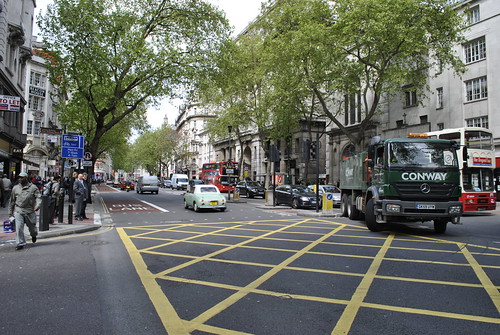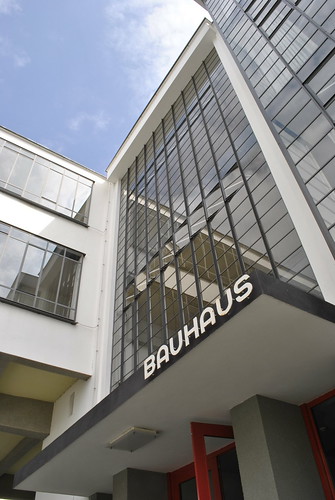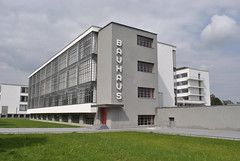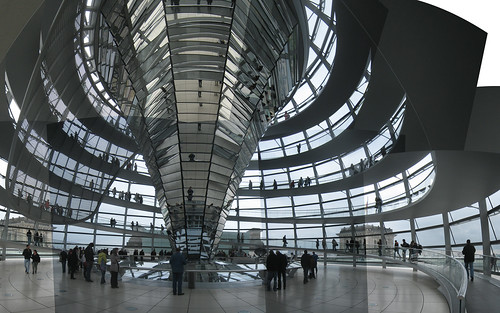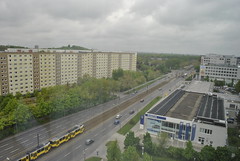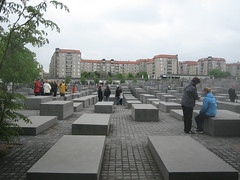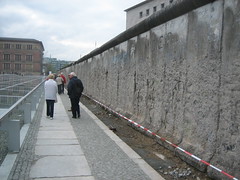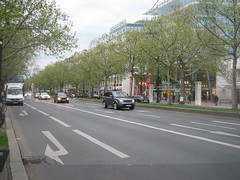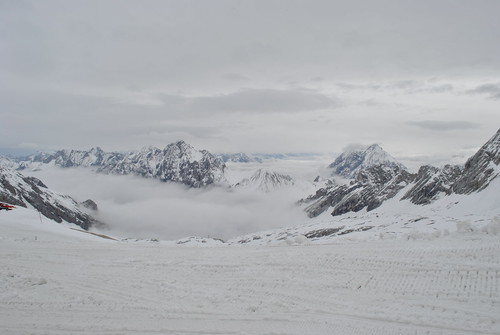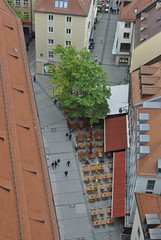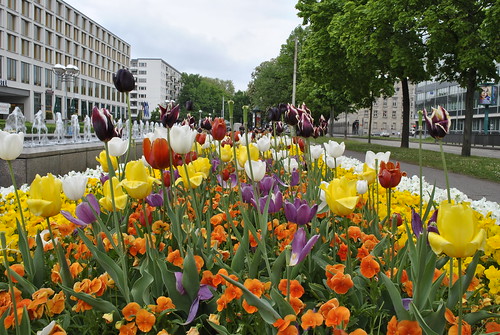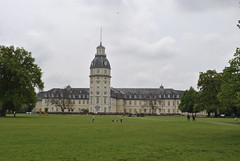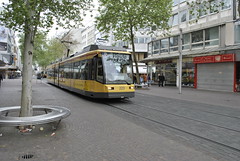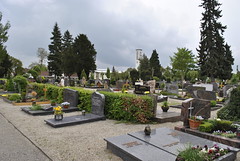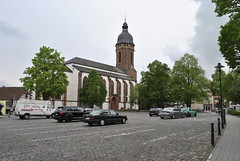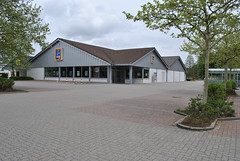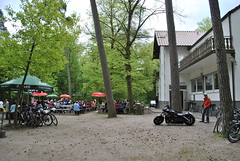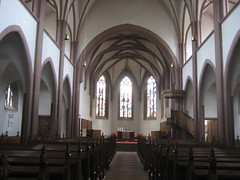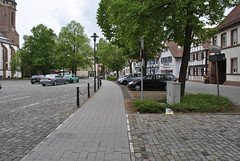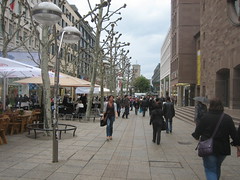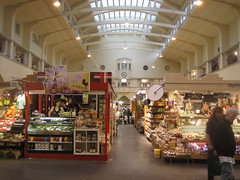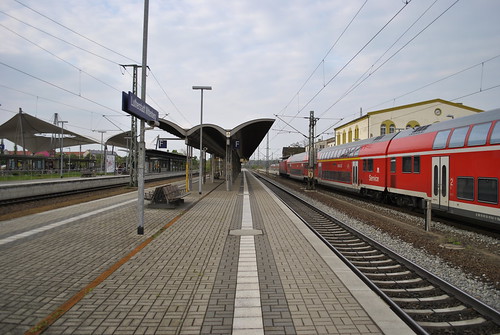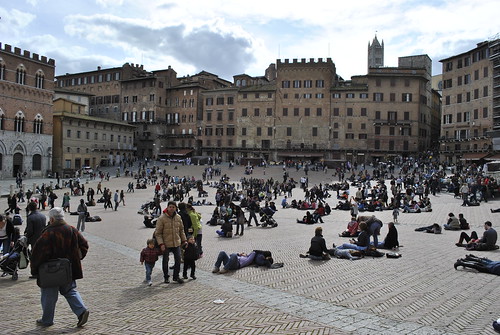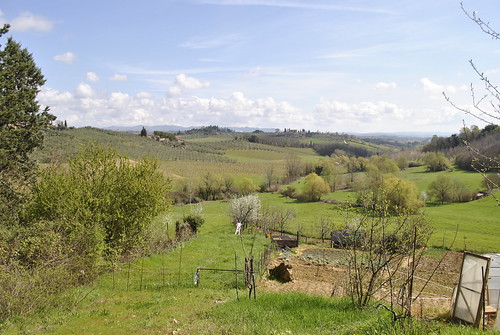My last stop before returning to the US was London, for two days, Sunday, May 9 – Tuesday, 11th. I flew from Berlin to London Stansted and took a bus into the city. I arrived in central London around 2pm and spent Sunday afternoon exploring by foot. Similar to my experience in Rome and Paris, the actual scale of the city was not what I interpreted from a map. I was able to walk a good way across central London.
My first major stop was at the Tate Modern Gallery after crossing the Millennium Bridge over the River Thames. To my surprise much of the gallery was free. Around 5:30, I met up with my friend Jackson who had been visiting London for much of the week already. We met at Westminster Abbey where we planned to attend an organ recital there. Unfortunately it was cancelled, so instead we walked around more, stopping along the river across from Parliament so Jackson could finish a sketch of it. We also walked past Downing Street nearby, amidst Britain’s prime minister debacle. We ate at a restaurant somewhere near Piccadilly Circus, a famous intersection in London now dominated by bright, colorful neon signs – the Times Square of London if you will. After dinner we walked around a bit more – past a number of notable buildings and sites Jackson pointed out to me as well as Buckingham Palace. Jackson flew home the following day so we parted ways and I returned to my hotel.
I stayed at the City Hotel on the eastern edge of central London in the London Borough of Tower Hamlets, near the Aldgate East Underground station. It seemed to be a very diverse neighborhood.
On Monday, my last full day, I did some more walking and for much of the day it was actually sunny and warm, which was fantastic. After stopping for lunch at a coffee shop down the street from my hotel I went to visit the London Transport Museum. This was a very cool museum about the history of transit and all modes of transportation in London. It was a bright, attractive museum, recently renovated, located in a Victorian iron and glass former market building. The museum covered just about everything related to the transport system from its development to marketing and of course its buses and trains. Several historic vehicles were on display as well as a few more modern buses.
Covent Garden, the district around the museum was very active and attractive. The scale and design of buildings, streets, and public spaces were accommodating and visually pleasing. My next destination was Sir John Soane’s Museum, but unfortunately it was closed that day – as well as Sunday so I wouldn’t have been able to go at all anyway. Across from the museum – actually his former house – is a nice green park where many people were out enjoying the sunny weather.
My exploration took my by St. Paul’s Cathedral, which is opposite of the Tate Modern, north of the Thames, connected with the Millennium Bridge. I was not inclined to pay the stiff fee to go inside, so moved along. I made my way to Hyde Park on the western side of central London. This was a romantic landscaped with axial pathways, formalized spaces, as well as sections of naturalized meadows. A major feature of the park is the Serpentine, a large water body that splits the park into two. A cafe building is located next to the water along with several other stands and boat rentals, etc. The lake and surrounding reminded me a lot of Lake Calhoun in Minneapolis. The park was active with people, squirrels and pigeons.
Later in the day I took the Underground out to see Canery Wharf, an enormous urban office park in east London. The Underground was connected to multiple buildings through a series of underground corridors lined with shops and places to eat. I went back to my hotel neighborhood and ate at one of the countless fried chicken joints that lined Whitechapel Road. I walked down the road a number of blocks and stopped in an interesting public library branch.
Tuesday morning I headed to Heathrow for my flight back to the States. My stop in London was short, but sweet. After over a week traveling through Germany and a whole semester in Rome, I was ready to go home. This concludes my post-semester travel posts, albeit a little late. The numerous places I had the good fortune to visit and experience in Europe will undoubtedly influence my perspective on urban issues closer to home. I am more aware of what I appreciate about American cities and society, and enlightened on what European urban qualities may actually be beneficial and applicable in the U.S.
See all my photos from London here.
